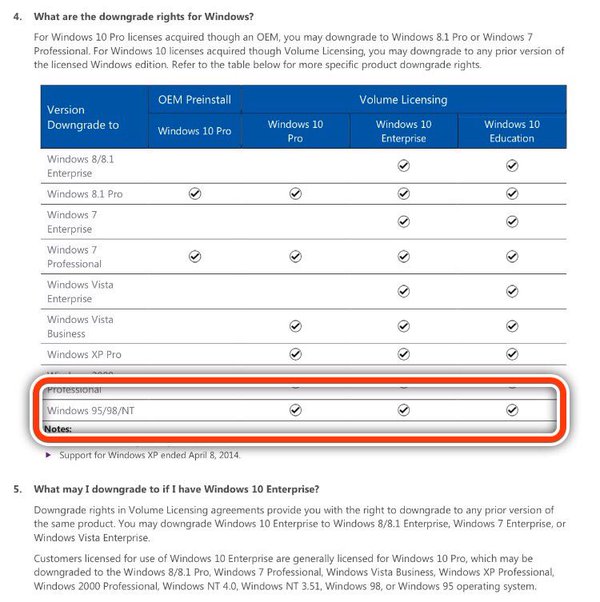
There are third party hacks to force a 32-bit version of Windows to utilize more memory, but they are tricky to use and not completely reliable.ģ2-bit and 64-bit versions of Windows each have plus and minus points, 32-bit is better on memory usage, is less picky about unsigned drivers and also has better compatibility with older and certain types of software such as some security applications. By default, no version of Windows can make use of more than about 3GB of RAM unless it is the 64-bit edition of the operating system. After all, Microsoft is selling you a license - embodied in the product activation key - not the bits.In the last few years, most computers have come preinstalled with at least 4GB of memory and one change that has to be made with that amount of RAM is you need to be running the right version of Windows to take advantage of it. (Hint: If you know someone with a TechNet or MSDN subscription, they can get it for you.) If you're downgrading a bunch of machines, you need only one copy of Windows 7 Professional.

Otherwise, you need to find a retail version of Windows 7 Professional or an OEM copy. If your company has a volume license, that's easy the VL distribution kit includes all of the bits necessary to do the downgrade. Here's the tricky part: You need to find a "genuine" copy of Windows 7 Professional. (If you know otherwise, please leave a note in the Comments section.)Ģ. While some companies claim they won't guarantee their Win8 systems will have Win7 drivers available - HP is particularly notorious in this regard - in practice, I haven't heard of any Win8 Pro PC manufacturer that fails to provide compatible Win7 drivers.

Go to the PC manufacturer's website and download all of the drivers for that particular PC.

Make sure you have installation media for any programs you want to migrate. In general terms, here's how to move from Win8 Pro to Win7 Professional:ġ. Windows 8 Pro systems qualify for "downgrading" (I hesitate to use the term) to Windows 7 Professional.


 0 kommentar(er)
0 kommentar(er)
